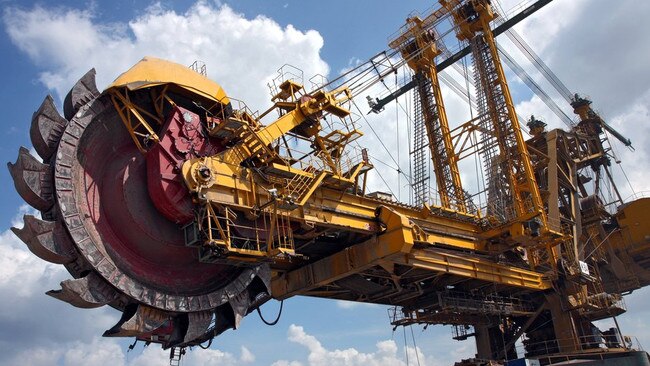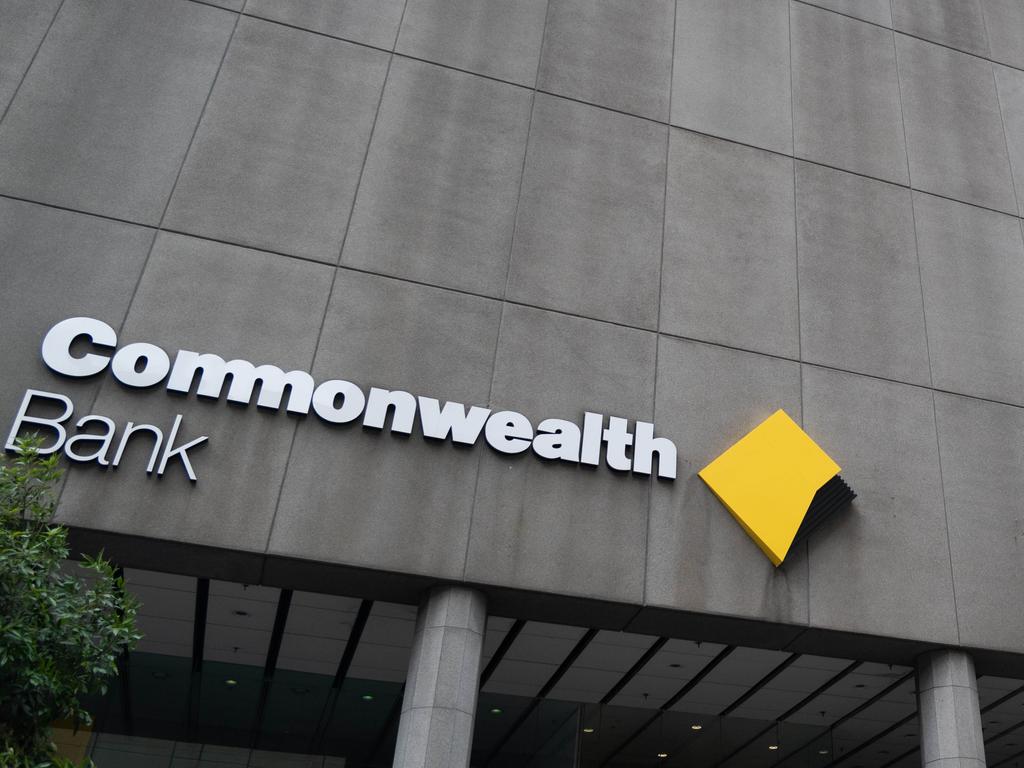
Retail investors and self-funded retirees stung by a sharp cutback in dividends last year now hope to see a strong turnaround from Australia’s biggest companies as the results season begins in earnest this week.
In the depths of the COVID-19 crisis last winter, many major companies cut or deferred dividends as a protective measure.
But a much-anticipated rebound in earnings should become evident as major company results are released in the days ahead, meaning bigger dividend payouts are back on the agenda.
Brokers believe total dividends could rise by about 30 per cent compared to last year.
Much attention is focused on Wednesday’s results from CBA in which dividends are expected to lift by 50 per cent. All of the banks pushed through severe reductions during the crisis. CBA’s dividend for the year in 2020 was cut to $2.98, from $4.31 in 2019. Similarly, ANZ went from $1.60 to 60c, NAB from $1.66 to 60c and Westpac from $1.74 to 31c.
However, bank payout patterns are unique to a sector where dividends had been dramatically capped by the regulator.
The wider action may instead be among mining, industrial, healthcare and property stocks, where stronger earnings should amply support rising dividends.
In technical terms, the dividend reductions last year meant that across the wider market the dividend yield fell from 4.2 per cent to 3.5 per cent at present, while the payout ratio fell from 73 per cent to a low of 65 per cent.
Among the big dividend drops outside of the bank sector last year were BHP, from $3.06 to $1.75, Rio Tinto from $8.97 to $5.66, and Transurban from 61c to 31c. Indeed, the resources stocks are expected to be at the forefront of any dividend rebound with increases of up to 70 per cent in line for the big miners.
Dividend cuts in 2020 made their most obvious impact at some of the nation’s favourite listed investment companies. Both the Australian Foundation Investment Company and Argo had to dig into reserves to partly fund their own payouts.
Ironically, many blue-chip stocks also raised capital to buttress their operations in the crisis. Now less than a year later some of the same companies are looking at better earnings and the opportunity to redistribute cash which, in many cases, was raised for an emergency that never quite came to pass.
A new report from Morgan Stanley suggests there are two areas in the market where dividend upgrades may occur. One are companies that raised capital yet have material declines in distribution embedded in consensus estimates. Among this group are some of the biggest names on the market including Cochlear, Newcrest, Lendlease along with REITs Shopping Centre of Australia, Charter Hall and Abacus.
The second group is made up of companies where expectations of distribution declines are also common but in reality the companies are set to report an earnings rebound of at least 10 per cent over the year. This group includes Transurban, Seek, Computershare and Brambles.
For income hunters, it’s worth pointing out that a handful of companies register on both metrics for the broker’s list of potential dividend surprises. This group includes Perpetual, Lendlease, Tabcorp, Qube, Cochlear and IDP Education.
Overall, brokers expect the dividend yield for the wider market to recover back above the 4 per cent rate in the months ahead, putting the ASX back as one of the leading global dividend-paying markets.







